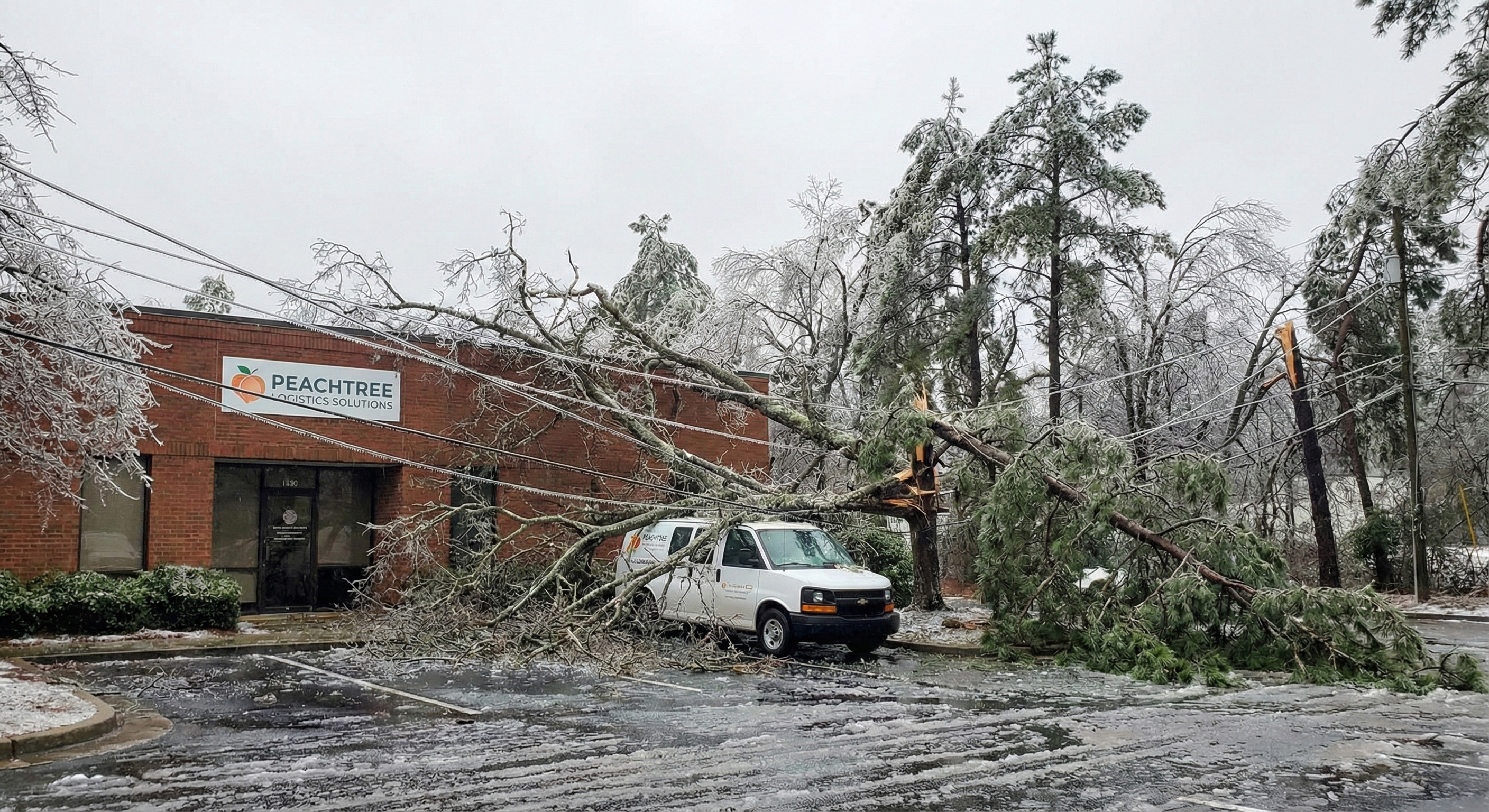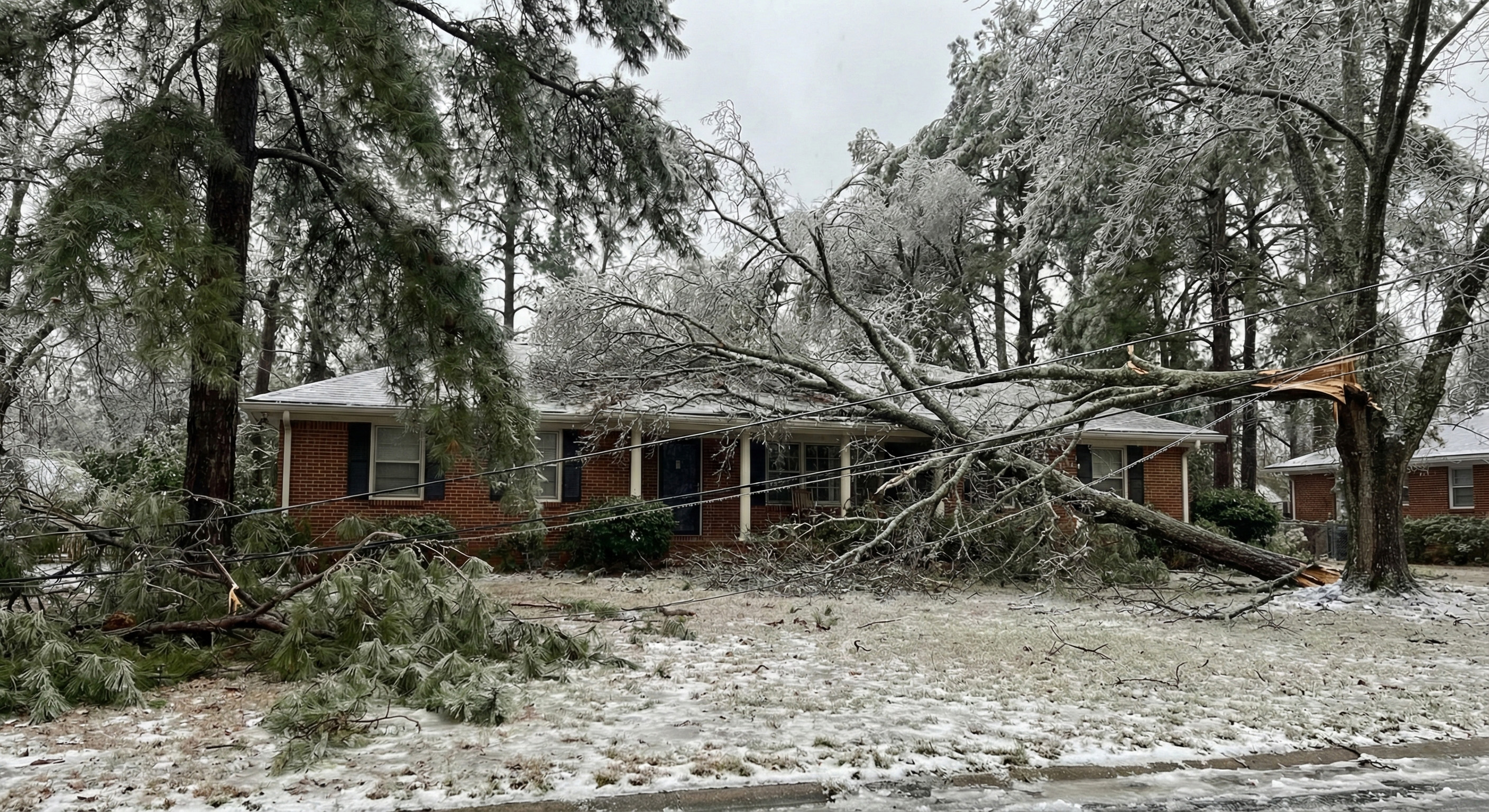How Long Does It Take for a Tree Stump to Decompose Naturally
The time it takes for a tree stump to decompose naturally can vary greatly.

Tree stumps undergo a natural decomposition process that is fundamental to the ecosystem. This process involves fungi, bacteria, and insects working tirelessly to break down the wood fibers over time. Known as decomposition, this process can span several years, fluctuating based on a variety of influential factors. Understanding this natural cycle provides insight into the intricate workings of nature and highlights the importance of decomposers in maintaining ecological balance.
Factors Affecting Decomposition Time
- Tree Species: The type of tree plays a crucial role in decomposition rates. Hardwood trees like oak and maple possess dense wood structures, resulting in a longer decomposition time compared to softer woods such as pine and birch. The durability and density of the wood affect how quickly organisms can break it down, making species identification a key consideration in estimating decomposition timelines.
- Climate: The local climate is a significant determinant in the decomposition process. In humid and warm environments, stumps tend to decompose more swiftly due to accelerated growth of fungi and bacteria. Conversely, in drier or colder climates, the process is markedly slower as these conditions inhibit the activity of decomposers. Understanding your local climate can help you set realistic expectations for stump decomposition.
- Size of the Stump: The physical size of the stump is another critical factor. Larger stumps, with their substantial mass, offer more material for decomposers to work on, thereby extending the decomposition period. In contrast, smaller stumps decompose more rapidly, often making them less of a long-term concern in your landscape.
- Soil Conditions: Soil quality directly impacts the rate of decomposition. Nutrient-rich, well-drained soils foster a conducive environment for decomposers, speeding up the breakdown process. Poor soil conditions, lacking in nutrients and drainage, can significantly hinder the activity of fungi and bacteria, prolonging the life of the stump.
- Presence of Decomposers: The abundance and diversity of decomposers present in the environment can expedite stump decomposition. A thriving community of fungi, bacteria, and insects is vital for efficiently breaking down wood fibers. Encouraging the presence of these organisms can be a strategic approach to facilitating natural decomposition.
Average Decomposition Time
On average, a tree stump can take anywhere from three to ten years to decompose naturally. This timeframe is highly variable, influenced by the interplay of factors such as tree species, climate, and soil conditions. While some stumps may decompose on the shorter end of the spectrum, others, particularly those in less favorable conditions, can persist for a decade or more. This variability underscores the need for patience or alternative solutions depending on your landscape goals.

Alternatives to Natural Decomposition
If the prospect of waiting several years for a stump to decompose naturally is unappealing, there are more immediate alternatives for tree stump removal that you can consider. These methods offer varying degrees of speed and effort, catering to different needs and preferences.
Tree Stump Grinding
Tree stump grinding is a widely favored method for promptly removing stumps. This process involves using a stump grinder, a powerful machine that reduces the stump to wood chips below ground level. The efficiency and thoroughness of this method make it a popular choice for those seeking immediate results and a clean yard.
- Pros: This method allows for quick removal and minimal disturbance to the surrounding area. The immediate results leave your yard looking neat and free from potential hazards.
- Cons: It requires either renting the equipment or hiring a professional, which can involve additional costs. Additionally, some roots may remain underground, potentially affecting future planting plans.
Chemical Removal
Chemical stump removers offer another viable option. These products are designed to accelerate the decomposition process by chemically breaking down the wood fibers. Typically, holes are drilled into the stump to facilitate chemical absorption, expediting the breakdown.
- Pros: This method is less labor-intensive compared to grinding and can be done independently without heavy machinery.
- Cons: It takes several weeks to months to take effect, which may not be suitable for those seeking immediate removal. The use of chemicals also raises environmental concerns, as they may affect surrounding soil health.
Manual Removal
For those with smaller stumps, manual removal is a feasible option using tools like an ax, chainsaw, or shovel. While this method requires significant physical effort, it is often the most cost-effective solution for manageable stump sizes.
- Pros: Manual removal avoids the use of chemicals and heavy machinery, making it an environmentally friendly and budget-conscious option.
- Cons: It is highly labor-intensive and time-consuming, especially for larger stumps with extensive root systems, making it impractical for some homeowners.

Tips for Encouraging Faster Natural Decomposition
If you choose to allow the stump to decompose naturally, there are several strategies you can employ to hasten the process:
- Drill Holes: Creating holes in the stump can increase airflow and allow moisture to penetrate deeper into the wood, enhancing decomposition rates. This simple step can make a significant difference in the speed of natural breakdown.
- Keep It Moist: Regular watering of the stump maintains a moist environment, which is crucial for the thriving of decomposers like fungi and bacteria. Consistent moisture levels can significantly accelerate the decomposition process.
- Add Nitrogen: Sprinkling nitrogen fertilizer around the stump can encourage the growth of fungi and bacteria. Nitrogen acts as a catalyst for decomposition, promoting a more robust ecosystem of decomposers.
- Cover with Soil: Applying a layer of soil or mulch over the stump helps retain moisture and creates a favorable environment for decomposers. This method not only speeds up decomposition but also improves the visual appeal of the area.
Environmental Impact
Allowing a tree stump to decompose naturally can have beneficial environmental impacts. As the stump breaks down, it gradually returns essential nutrients to the soil, fostering new plant growth and enhancing soil health. Additionally, decomposing stumps provide habitats for insects and fungi, which are vital components of healthy ecosystems. By opting for natural decomposition, you contribute to the ecological balance and sustainability of your landscape.
Conclusion
The time it takes for a tree stump to decompose naturally can vary greatly, influenced by factors such as tree species, climate, and soil conditions. While natural decomposition is an environmentally friendly approach, it requires patience and a long-term perspective. For those seeking quicker solutions, options like stump grinding, chemical removal, and manual removal offer effective alternatives, each with its own set of advantages and considerations.
Understanding the decomposition process and the available removal methods empowers you to make informed decisions for your landscape. Whether you choose to let nature take its course or opt for a more immediate removal method, managing tree stumps is a crucial step in maintaining a safe, attractive, and ecologically balanced yard.
Contact Georgia Pro Tree Services for Expert Stump Removal
If you're looking for a quick and efficient solution for tree stump removal, look no further than Georgia Pro Tree Services. Our team of professionals is equipped with the right tools and expertise to handle any stump removal project, ensuring your yard remains safe and visually appealing. Don't let unsightly stumps linger in your landscape—contact us today for a consultation and let us help you reclaim your outdoor space!

We're your local tree pros!
Georgia Pro Tree Services takes the highest quality of care when servicing your trees. Call us to find out how we can help you keep your yard in top shape.



